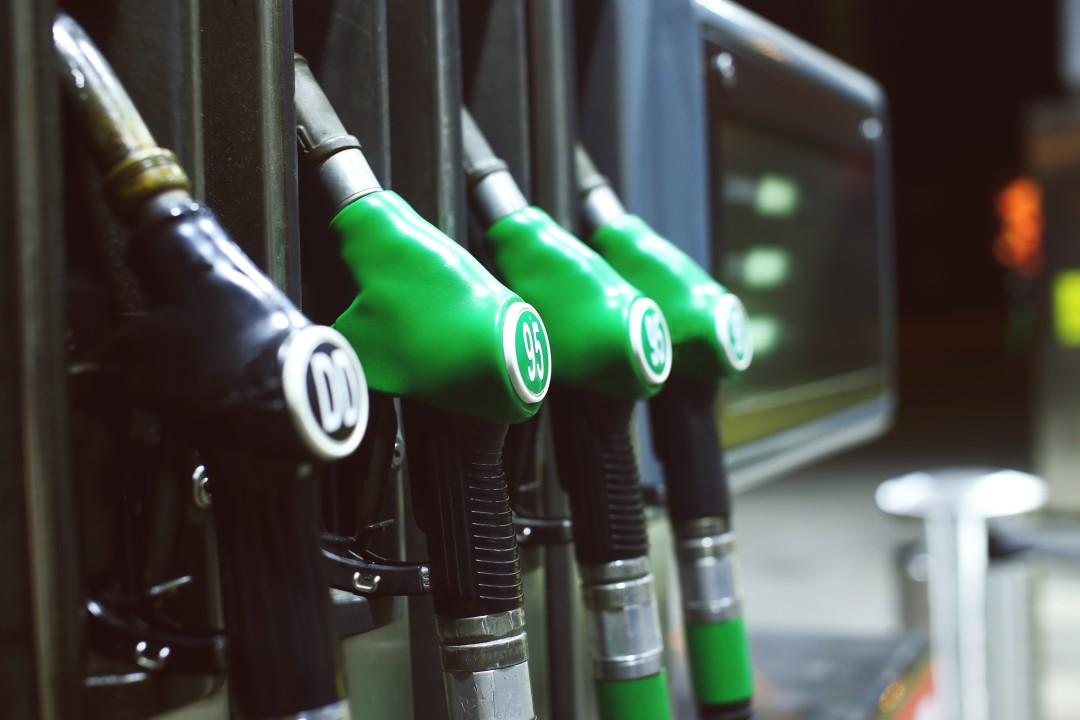
Green Energy Revolution: An innovative Fuel Blend Takes the Spotlight
Qatar Environment & Energy Research Institute - QEERI
Empowering Sustainability and Resilience through research, innovation and technology development.
In an era marked by growing environmental concerns and the urgent need to combat carbon emissions, researchers at the Qatar Environment & Energy Research Institute - QEERI part of Hamad Bin Khalifa University are exploring innovative solutions to reduce our reliance on traditional fossil fuels. One such solution that has recently emerged on the horizon is the NH3(70%)-H2(30%) fuel blend, a promising alternative that could revolutionize the energy landscape.
As the world grapples with the consequences of climate change, the spotlight is increasingly turning towards sustainable energy sources. The NH3(70%)-H2(30%) fuel blend represents a significant leap forward in this endeavor. This innovative blend has the potential to replace conventional hydrocarbon fuels and significantly mitigate the environmental impact associated with them.
What makes the NH3(70%)-H2(30%) fuel blend stand out??
The key lies in its superior combustion performance and its ability to enhance cycle efficiency when compared to other compositions of NH3–H2 blends. This promising fuel blend is not just an incremental step; it's a game-changer.
However, the path to integrating this fuel blend into our energy infrastructure is not without challenges. Mixing ammonia (NH3) and hydrogen (H2) in the desired molar fraction necessitates careful calibration of ammonia plants and reactor sizing. Simply mixing portions of produced pure ammonia with hydrogen, without proper calibration, can lead to complications and may require coupling ammonia plants with other hydrogen-producing facilities. This raises questions about the practicality and commercial viability of utilizing the unused hydrogen portions generated by hydrogen-producing plants.
领英推荐
Pioneering Research Unlocks Potential Fuel Blend for Sustainable Energy Future
A recently published paper authored by Dr. Odi Fawwaz Alrebei ,?Dr. Laurent M.?Le Page,?Dr. Gordon?Mckay,?Dr. Muftah H.?El-Naas,?Dr. Abdulkarem Ibrahim Amhamed, CEng FIChemE PhD , offers a potential solution to these challenges. In Collaboration with 英国牛津大学 , and aligned with QatarEnergy roadmap, this paper titled "Calibrating Ammonia Plants for Seamless NH3(70%)-H2(30%) Fuel Blend Production," takes a crucial step towards harnessing the power of the NH3(70%)-H2(30%) fuel blend while leveraging existing ammonia production infrastructure and facilities. By independently calibrating the parameters of conventional ammonia plants and sizing the reactors accordingly, the researchers have unlocked the potential for a continuous supply of the NH3(70%)-H2(30%) fuel blend with precise molar fraction control, making it suitable for power generation.
The calibration process was conducted using an ASPEN PLUS model, showcasing the feasibility and practicality of implementing this groundbreaking solution within existing industrial settings. This research not only paves the way for a greener future but also highlights the importance of innovative engineering solutions in the transition towards sustainable energy.
In conclusion, the NH3(70%)-H2(30%) fuel blend is emerging as a beacon of hope in the quest for cleaner, more sustainable energy sources. With research efforts like the one outlined in this paper from QEERI, we are one step closer to harnessing the full potential of this revolutionary fuel blend and ushering in a new era of carbon-neutral energy production. The importance of this research cannot be overstated, as it not only addresses the pressing issue of carbon emissions but also demonstrates the power of human ingenuity in shaping a more environmentally conscious future.
Access the full paper here: https://doi.org/10.1016/j.ijhydene.2023.03.045
Energy & Water Advisor, Board Member of Arab Council for Sustainable Energy ACSE/ AUSDE
1 年Do you believe this blending of ammonia plus hydrogen is suitable for combustion engines? Don't agree that Methanol is more proper than this blending? Good point of research, Greetings